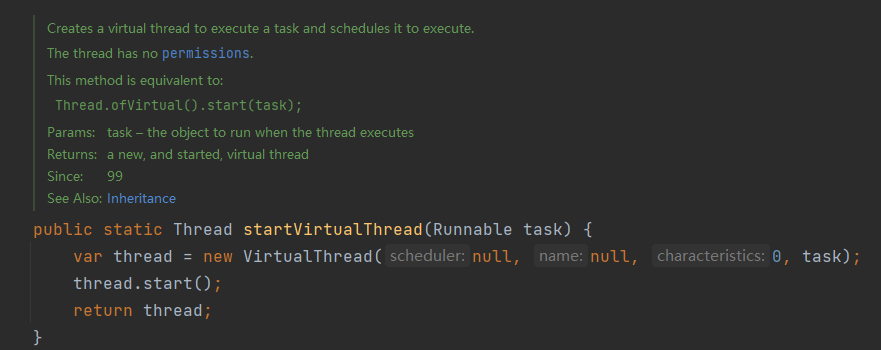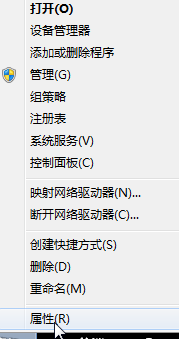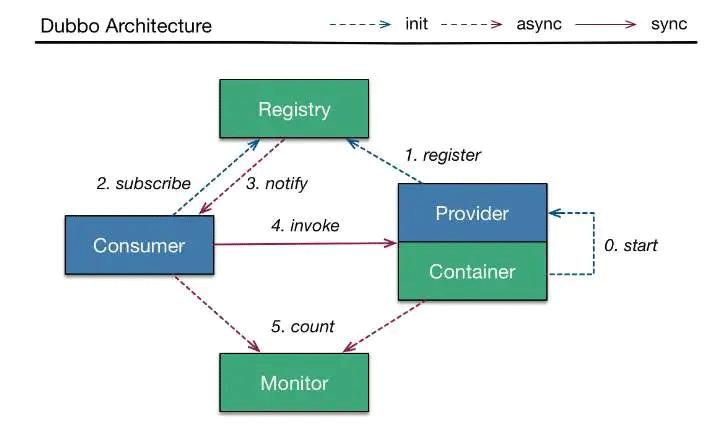秒杀系统Web层设计的实现方法
一、Restful接口设计
使用资源+名词的方式来为url链接命名。例如:
访问详情页的链接可以是: seckill/{seckillId}/detail
二、SpringMVC配置
1、首先要在web.xml中配置中央控制器。
<web-app xmlns="http://xmlns.jcp.org/xml/ns/javaee" xmlns:xsi="http://www.w3.org/2001/XMLSchema-instance"
xsi:schemaLocation="http://xmlns.jcp.org/xml/ns/javaee
http://xmlns.jcp.org/xml/ns/javaee/web-app_3_1.xsd"
version="3.1" metadata-complete="true">
<!-- 修改servlet版本为3.1 -->
<!-- 配置中央控制器DispatcherServlet -->
<servlet>
<servlet-name>seckill-dispatcher</servlet-name>
<servlet-class>org.springframework.web.servlet.DispatcherServlet</servlet-class>
<!-- 配置springMVC需要加载的配置文件
spring-dao.xml,spring-service.xml,spring-web.xml
mybatis -> spring -> springMVC-->
<init-param>
<param-name>contextConfigLocation</param-name>
<param-value>classpath:spring/spring-*.xml</param-value>
</init-param>
</servlet>
<servlet-mapping>
<servlet-name>seckill-dispatcher</servlet-name>
<!-- 默认匹配所有的请求 -->
<url-pattern>/</url-pattern>
</servlet-mapping>
</web-app>
2、为了让Spring管理Controller层的bean,需要新建一个spring-web.xml配置文件,
<beans xmlns="http://www.springframework.org/schema/beans"
xmlns:xsi="http://www.w3.org/2001/XMLSchema-instance"
xmlns:mvc="http://www.springframework.org/schema/mvc"
xmlns:conext="http://www.springframework.org/schema/context"
xsi:schemaLocation="http://www.springframework.org/schema/beans
http://www.springframework.org/schema/beans/spring-beans-3.1.xsd
http://www.springframework.org/schema/mvc
http://www.springframework.org/schema/mvc/spring-mvc-3.1.xsd
http://www.springframework.org/schema/context
http://www.springframework.org/schema/context/spring-context-3.1.xsd">
<!--配置Spring MVC-->
<!--开启SpringMVC注解模式-->
<!--简化配置
1、自动注册DefaultAnnotationHandlerMapping,AnnotationMethodHandlerAdapter
2、提供一系列功能:数据绑定,数字和日期的转化@NumberFormat,@DataTimeFormat
xml,json默认读写支持
-->
<mvc:annotation-driven/>
<!--servlet-mapping映射路径-->
<!--静态资源默认servlet配置
1、加入对静态资源的处理:js,css,img
2、允许使用/做整体映射
-->
<mvc:default-servlet-handler/>
<!--配置jsp显示viewResolver-->
<bean class="org.springframework.web.servlet.view.InternalResourceViewResolver">
<property name="viewClass" value="org.springframework.web.servlet.view.JstlView"/>
<property name="prefix" value="/WEB-INF/jsp/"/>
<property name="suffix" value=".jsp"/>
</bean>
<!--扫描web相关的bean-->
<conext:component-scan base-package="org.seckill.web"/>
</beans>
三、Controller层开发
项目中的每一个url都刚好对应着Controller层的一个方法。我们有两种返回值类型。一种是让页面跳转到某个网页,在model中带上从service层中获得的数据。在下例中,前端的detail.jsp就能够以${seckill.name}取得放在model中的sekill实体的名字。
/**
* 秒杀详情页
*
* @param seckillId
* @param model
* @return
*/
@RequestMapping(value = "/{seckillId}/detail", method = RequestMethod.GET)
public String detail(@PathVariable("seckillId") Long seckillId, Model model) {
if (seckillId == null) {
return "redirect:/seckill/list";
}
Seckill seckill = seckillService.getById(seckillId);
if (seckill == null) {
return "forward:/seckill/list";
}
model.addAttribute("seckill", seckill);
return "detail";
}
另外一种是jsp页面中点击某个按钮,通过ajax来刷新页面的某部分,需要后端给前端一个json格式的数据。使用@ResponseBody告诉SpringMVC返回一个json类型的数据SeckillResult。由jsp页面在JQeury的回调函数内拿到该json数据,并进行对应的操作。
@RequestMapping(value = "/{seckillId}/exposer",
method = RequestMethod.POST,
produces = {"application/json;charset=utf-8" })
@ResponseBody
public SeckillResult<Exposer> exposer(@PathVariable Long seckillId) {
SeckillResult<Exposer> result;
try {
Exposer exposer = seckillService.exportSeckillUrl(seckillId);
result = new SeckillResult<Exposer>(true, exposer);
} catch (Exception e) {
logger.error(e.getMessage(), e);
result = new SeckillResult<Exposer>(false, e.getMessage());
}
return result;
}
js代码中回调函数的处理方式:
$.post(seckill.URL.exposer(seckillId),{},function(result){
//在回调函数中,执行交互流程
if(result && result['success']){
var exposer = result['data'];
if(exposer['exposed']){
//开启秒杀
//获取秒杀地址
var md5 = exposer['md5'];
//绑定一次点击事件,防止连续点击
var killUrl = seckill.URL.execution(seckillId,md5);
console.log("秒杀地址:"+killUrl);
});
四、请求方法的细节处理
1、请求参数的绑定
@RequestMapping(value = “/{seckillId}/exposer”
public SeckillResult exposer(@PathVariable Long seckillId)
2、请求方式的限制
@RequestMapping(method = RequestMethod.POST,
3、请求转发、请求重定向
return “redirect:/seckill/list”;(发送两次请求,浏览器地址改变) return “forward:/seckill/list”;(发送一次请求,浏览器地址不变)
4、数据模型赋值
model.addAttribute(“seckill”, seckill);
5、返回json数据
@RequestMapping(value = “/{seckillId}/exposer”,
method = RequestMethod.POST,
produces = {“application/json;charset=utf-8” })
@ResponseBody
6、cookies访问
@RequestMapping(value = "/{seckillId}/{md5}/execution",
method = RequestMethod.POST,
produces = {"application/json;charset=UTF-8"})
@ResponseBody
public SeckillResult<SeckillExecution> execute(@PathVariable("seckillId") Long seckillId,
@PathVariable("md5") String md5,
@CookieValue(value = "killPhone", required = false) Long phone) {...}
@CookieValue(value = “killPhone”, required = false) Long phone)
(1)value(default “”):参数名例如: JSESSIONID
(2)required(default true):是否请求路头中必须带value指定的参数。如果没有设置cookies我们这个业务也要能够访问并让用户填写相应信息,所以设为false即可。
五、其他
其实课程的这一部分在前端js交互中有很多值得学习的地方,比如JQuery的使用,js模块化开发,js交互设计等内容。因为时间关系以及复习侧重点不在js部分的原因,我就暂时不去做总结。
如有疑问请留言或者到本站社区交流讨论,感谢阅读,希望能帮助到大家,谢谢大家对本站的支持!
到此这篇关于秒杀系统Web层设计的如何实现方法就介绍到这了。在这个世界上,是有许多事情那都是我们所难以预料的。我们不能去控制际遇,却可以掌握自己;我们无法预知,却可以把握现在;我们不知道自己的到底有多长,但我们却可以安排当下的生活。更多相关秒杀系统Web层设计的如何实现方法内容请查看相关栏目,小编编辑不易,再次感谢大家的支持!





